Saimdang, Light’s Diary: Series review
by murasakimi
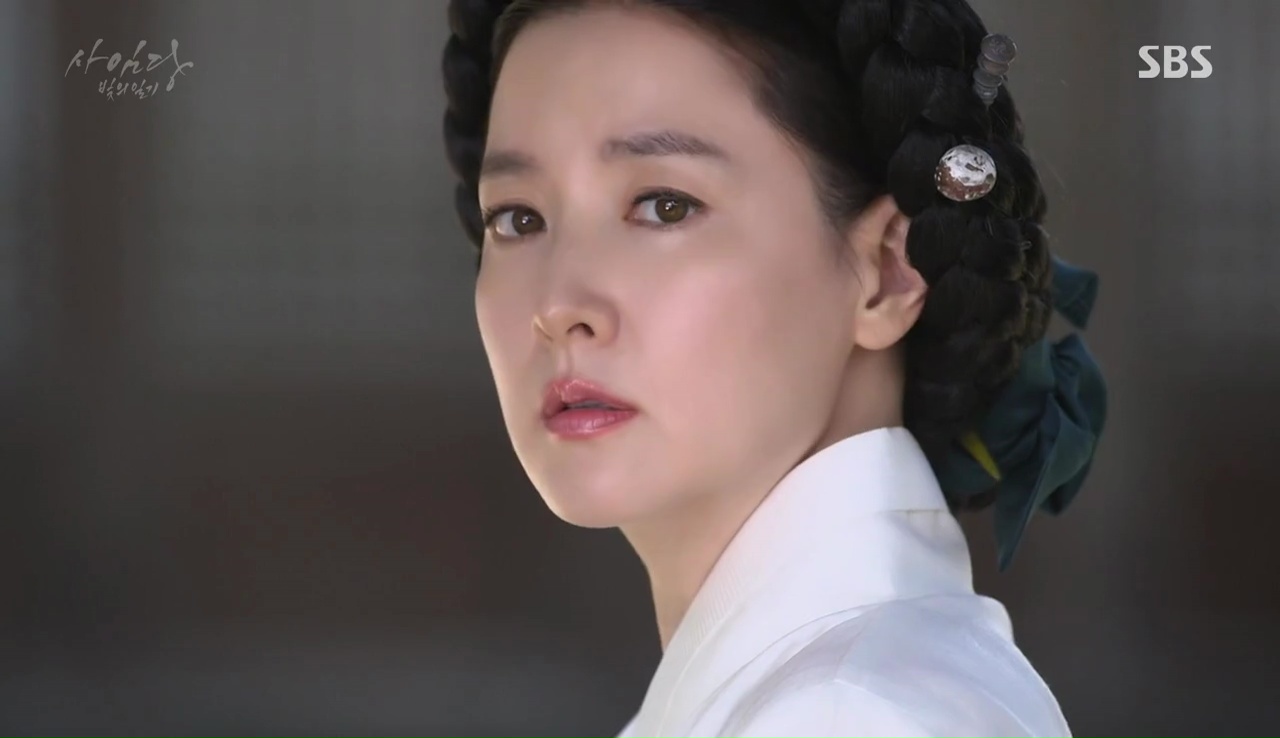
For a lot of people like myself, Saimdang, Light’s Diary was supposed to be the triumphant return of dramaland’s much-loved Lee Young-ae. Her last drama, the enormously successful historical drama Dae Jang Geum, really needs no introduction—but in case you’re unfamiliar, it was one of the earliest and most successful dramas to be exported overseas, and helped popularize Hallyu. It was a veritable phenomenon, and producers have been eager to re-create its success and lure Lee back to dramas in search of it.
With all its baggage, it’s not really that surprisingly that once the show failed to meet those sky-high expectations, the broadcast station (SBS) and its production team panicked, which we all know always ends well. After airing the first two episodes back-to-back on the first day, the immediate netizen reaction was predominantly negative. The biggest complaint was that the show spent much of its premiere in the modern-day timeline.
That wasn’t necessarily a huge problem, but SBS had decided to tap into the nation’s Dae Jang Geum nostalgia and heavily promote the drama’s sageuk storyline, with lush period costuming and promo pictures mostly featuring Lee as beloved historical figure Shin Saimdang. (I think another reason SBS chose this marketing strategy is because Song Seung-heon is largely absent from the present storyline, so it made sense to promote him equally, but more on that later.) As a result, few were prepared when we barely saw much of Saimdang in those initial episodes, and it felt like a confusing choice.
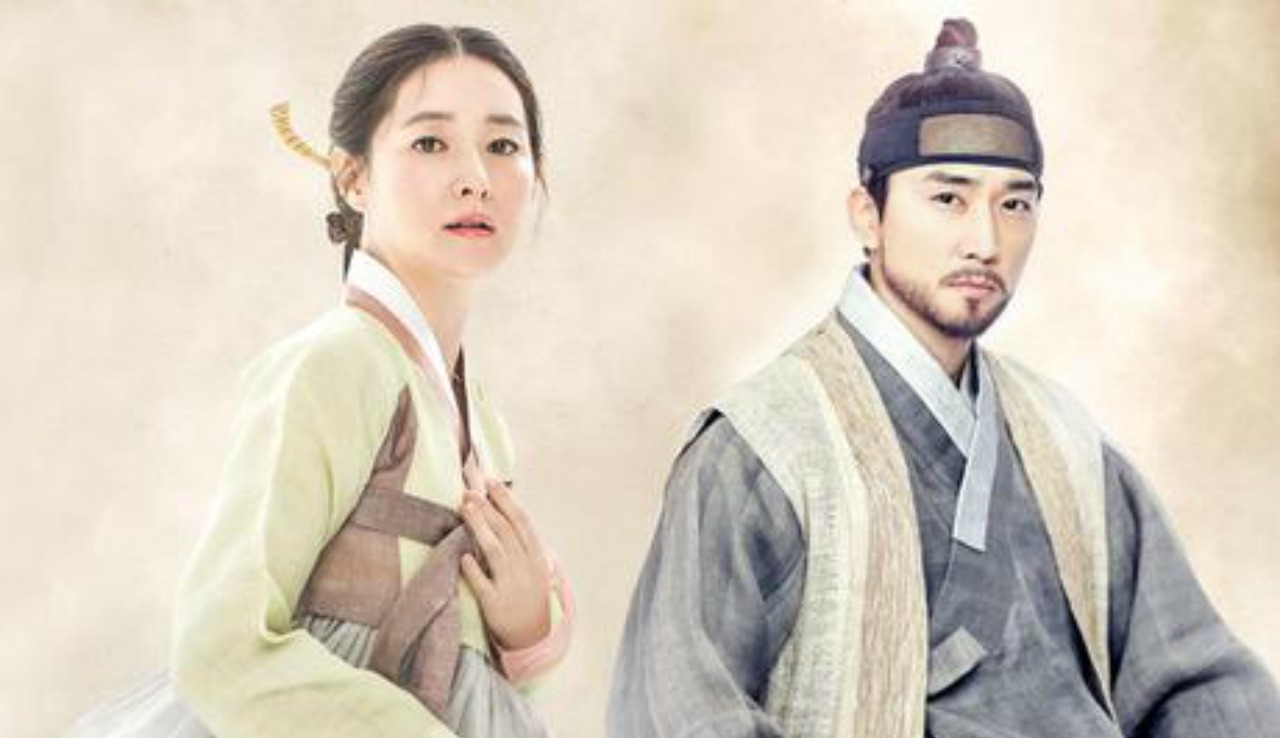
Eventually, the producers decided to make major edits to the drama, even though it was entirely pre-produced, in order to focus on the past storyline and hopefully salvage their ratings. However, cutting out nearly half of the story obviously creates some major pacing and narrative issues, and resulted in a last-minute two-episode cutdown. The show finished a few weeks ago in single digits with an 8.2% rating, which if you’re SBS and were expecting a ratings giant, is certainly disappointing.
I wrote up a first episode recap when it aired, if you’re interested in acquainting yourself with the premiere. Otherwise, I’ll cover the plot in very broad strokes, and my thoughts on the show as a whole. Also, warning: major spoilers.
Historical Context
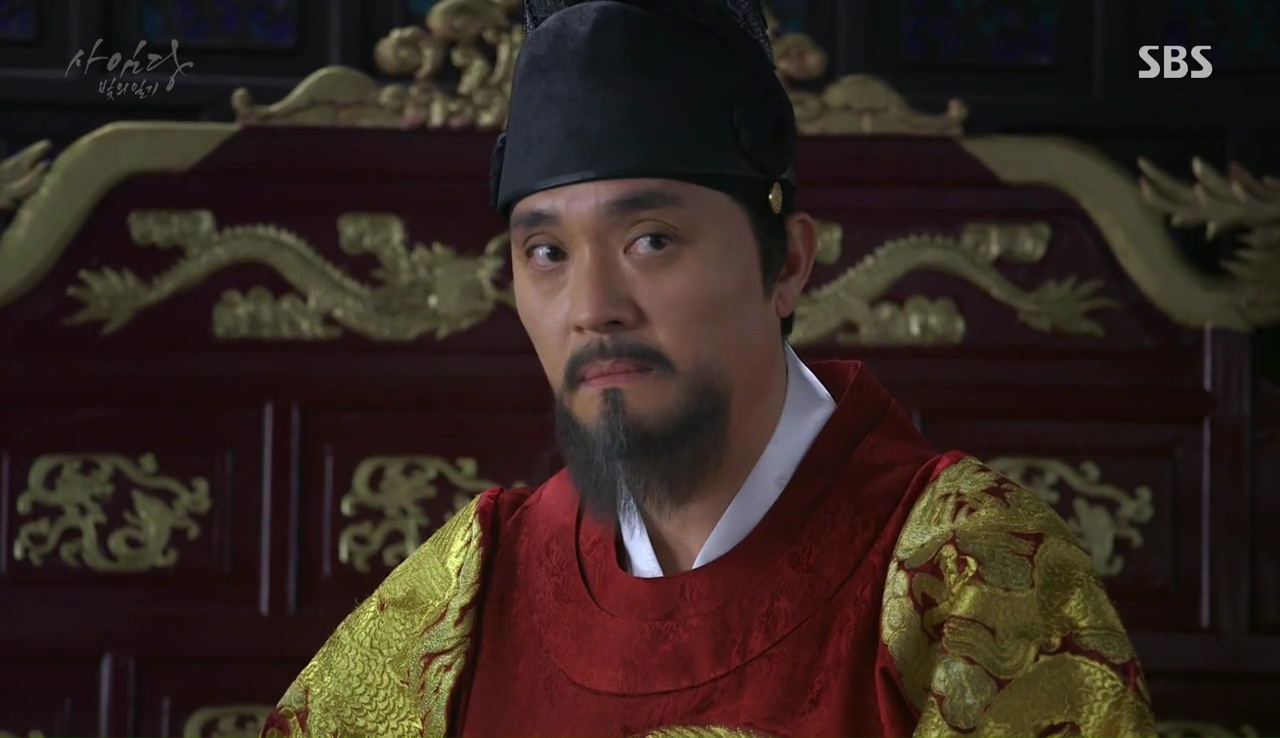
In the Episode 1 recap, I briefly touched on the reasons why Shin Saimdang is an important female character in Korean history, but it would probably be useful to mention some notes on the political climate during Saimdang’s lifetime.
The current king in this era is Jungjong, and he’s also one of the main characters in this story. What’s important to know about his reign is that he comes into power after his half-brother, Yeonsangun, is overthrown. Yeonsangun is regarded as one the most ruthless tyrants in Korean history, which fans of the concurrently aired drama Rebel: Thief Who Stole the People, will be familiar with, and though Yeonsangun himself isn’t in Saimdang, Light’s Diary, his life and mistakes do contextualize this drama.
(Another note: Jungjong is the main character in the upcoming drama Seven Day Queen, which will chronicle his tragic romance with his first wife, Queen Dangyeong, but that part of Jungjong’s life isn’t important for our purposes.)
Therefore, the Jungjong in this story is haunted by the fear of also being ousted by his subordinates, and is a weak king since his government is tightly controlled by the nobles in an effort to prevent a second Yeonsangun disaster. Jungjong’s paranoia is a major driving factor of this story and informs many of his actions that directly affect our main characters, so it’s helpful to have that imagery and understanding when watching this show.
Another factoid: Jungjong is also known for appointing the first and only female royal physician, Jang-geum, as in Dae Jang Geum. Bearing all of this in mind, let’s move on to the plot.
The Present

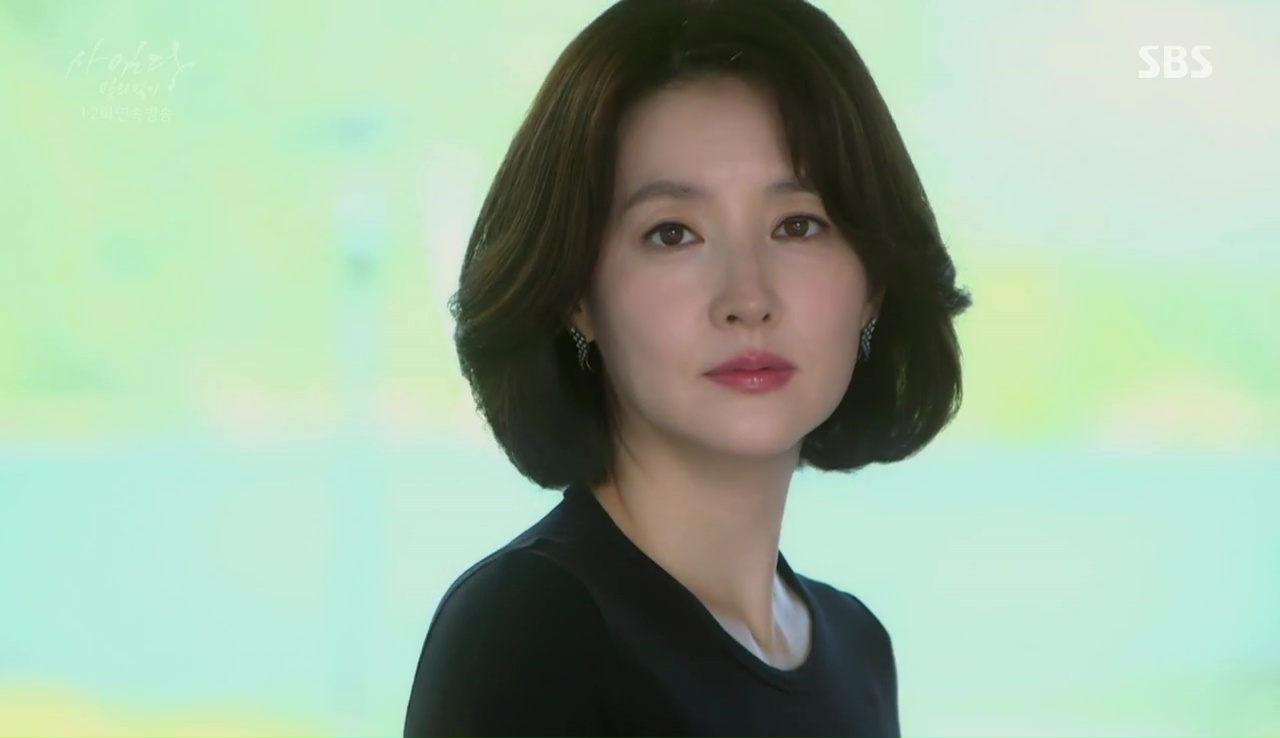
I’m not going to overlap too much with the setup established in the first recap, but the main thing you need to know is that most of the characters in the present storyline are reincarnations of characters in the past. I found it fun to see how characters/actors popped up in unexpected ways, because overall the show made a point of not being too obvious with the parallels, which I appreciated.
Lee Young-ae’s character, SEO JI-YOON, is an art lecturer who gets screwed over by her advising professor, MIN JUNG-HAK (Choi Jong-hwan), after doing all the research on a recently discovered 500-year-old painting, which Professor Min believes was painted by a famous artist named An Gyeon.

After Professor Min basically leaves Ji-yoon for dead, she finds a different ancient painting of a woman who turns out to be Shin Saimdang (and of course, it looks exactly like Ji-yoon since she’s her reincarnation) and Saimdang’s diary. Ji-yoon gets help from another one of Professor Min’s former students, HAN SANG-HYUN (Yang Se-jong), in translating the diary, which chronicles Saimdang’s life and the storyline of the past.
Eventually, Ji-yoon discovers that Professor Min’s painting is a fake, and the painting she found of Saimdang has the real An Gyeon painting in the back of it. Thus, most of the modern story is a battle over acquiring that special painting. This painting also serves as a symbolic centerpiece in the love story between Saimdang and fictional character LEE GYEOM (Song Seung-heon).
The Past
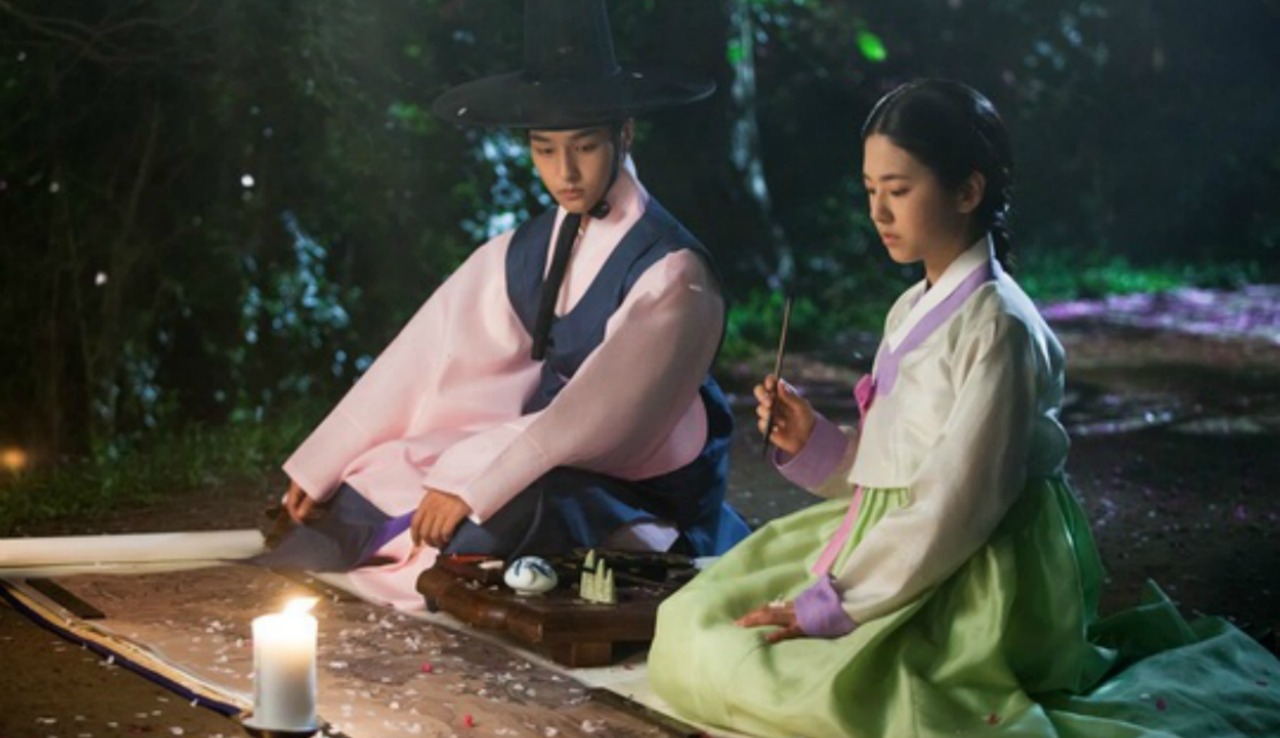
Gyeom is a relative of Jungjong’s and thus part of the royal family, played by Yang Se-jong in his younger years, then later by Song Seung-heon. He and Saimdang meet as youths, fall in love, and promise to marry, but because of some political stuff that I’m not going to get into (you’re welcome), Jungjong forbids the union.
Saimdang, trying to protect Gyeom, rejects his marriage proposal, marries someone else, and never tells him why. So Gyeom spends the next twenty years pining after her, feeling confused and wronged, while Saimdang goes on to have four children, but carries a torch for Gyeom in her heart.
The man she marries is completely worthless and so, after he leaves his family homeless, Saimdang must figure out how to feed her children and decides to go into paper-making. It makes sense for an artist to make paper, but it turns out that despite being a prolific and talented young artist twenty years ago, because of an incident Saimdang has stopped painting.

She reunites with Gyeom, and he tries to help her repeatedly whenever she’s in trouble, but she is determined to keep her distance. Unable to stand by when she’s struggling, Gyeom delivers his help in indirect ways or without her knowledge, and mentors her children in various ways. My favorite was when Gyeom and his buddy spend the entire night helping her make paper, like helpful little elves who fight the entire time.
Slowly Saimdang picks up painting again, and of course, we get to see the show’s interpretation of how some of her most famous paintings (and poems) came to be. A section of the story focuses on one of her young sons, who later becomes a renowned Confucian scholar.
There’s also a plotline about some drifters who help Saimdang build her business, and a rivalry with an influential noblewoman named Whieumdang who is also a very talented painter. (Coincidentally, Whieumdang’s abusive husband serves as Gyeom’s main political and personal rival.) After investigating on his own, Gyeom learns the truth of why he and Saimdang cannot be together, and though he remains a loyal and effective servant, he partially resents Jungjong.

Sometime later, Saimdang’s husband takes a concubine, and though her husband knows that she never loved him, she refuses to get divorced. She also competes to draw the king’s portrait, and Jungjong who is slowly being overtaken by his delusions, begins to view Gyeom as an enemy and actively tries to torture both he and Saimdang in order to display how Gyeom is under his power. Things culminate into Jungjong secretly ordering Gyeom’s murder, and it results in a final confrontation between vassal and king.
Gyeom is forced to escape Hanyang, and he meets with Saimdang on a secluded mountaintop where they fulfill their twenty-year promise to paint together there. Saimdang admits her feelings to Gyeom, but chooses to stay with her family. In the end, Gyeom is sentenced to exile. Before he leaves, Saimdang meets with Ji-yoon in a dream, and the latter tells her to help Gyeom escape to Italy where he will paint the portrait of Saimdang on the back of the real An Gyeon painting, and leave it for Ji-yoon to find. Heeding the warning, Saimdang secures an escape ship for Gyeom and the two separate.
That’s the bare bones of the whole plot, but I’ll leave the final ending a mystery for those that may want to watch the show later.
Review
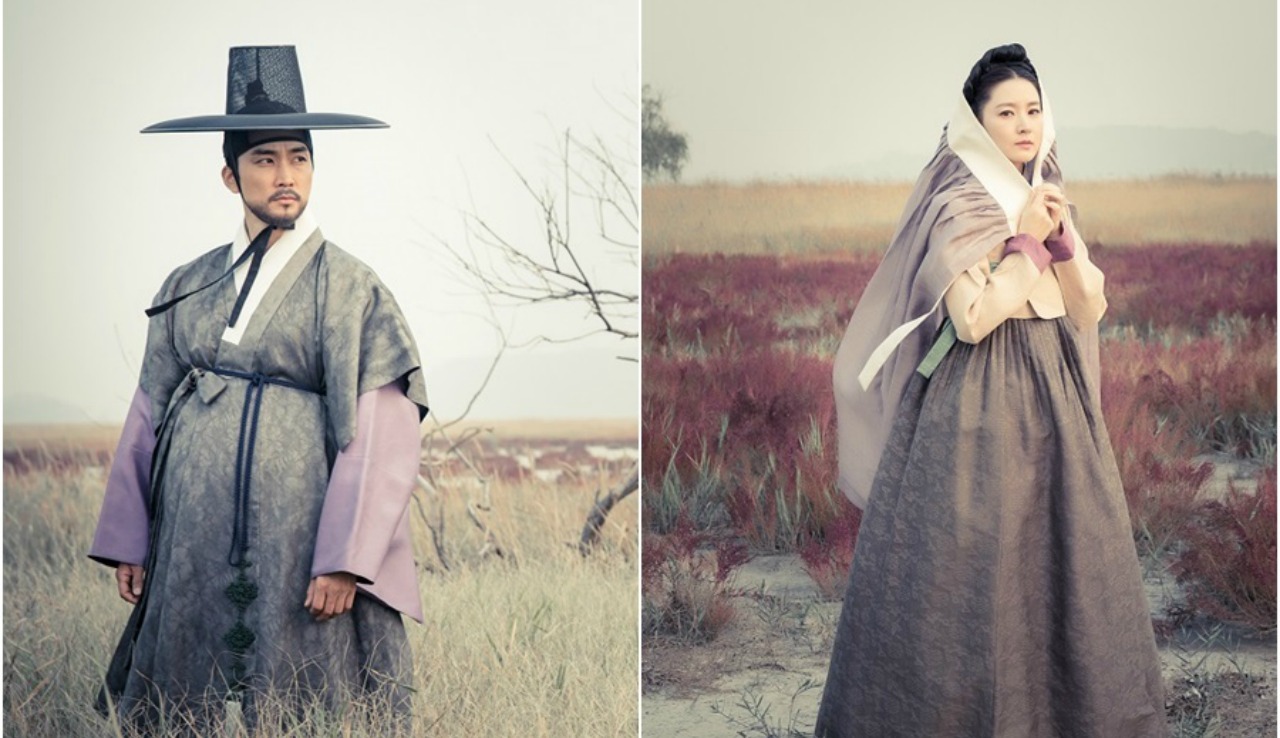
After I got over my initial disappointment about the show, I adjusted my expectations and accepted it for what it was. For me, while cutting out much of the modern storyline made for muddled storytelling, I think in a funny way that decision actually served the show for the better. Everything about the present storyline was done in such an absurd makjang way that it was hard to take anyone seriously, which is a shame since I thought the concept was interesting.
The past storyline sometimes crept into makjang territory, but overall it was much better at building the world of the story, and making the characters less like caricatures (although that wasn’t always the case). I want to say that the reason is because the rules and expectations are different in each era, and as someone living in the modern era I am more inclined to forgive makjang-like storylines in sageuks; when the modern characters often acted in glaringly illogical and naive ways, it was hard for me to overcome.

What I liked about Saimdang’s storyline is that the conflicts and stakes were sometimes small (but not insignificant) and that meant the gratification came quickly. I enjoyed seeing the characters face challenges on a daily basis, like her son’s struggles at school and Saimdang’s low-stake tensions with the Joseon PTA.
Above all, my favorite parts were whenever the artwork took center stage. Gyeom is also an incredibly talented artist, and since he isn’t based on a real person he could express himself artistically in several interesting art styles. It made me happy to see how passionate both Gyeom and Saimdang were about art, and especially how much he loved hers.
That aspect of their relationship connected them together on a deeper level and helped round out their love story, when sometimes in sageuks I’m not always sure why the star-crossed lovers need to be together, or why they’re so hung up on each other. But here I felt like I understood.
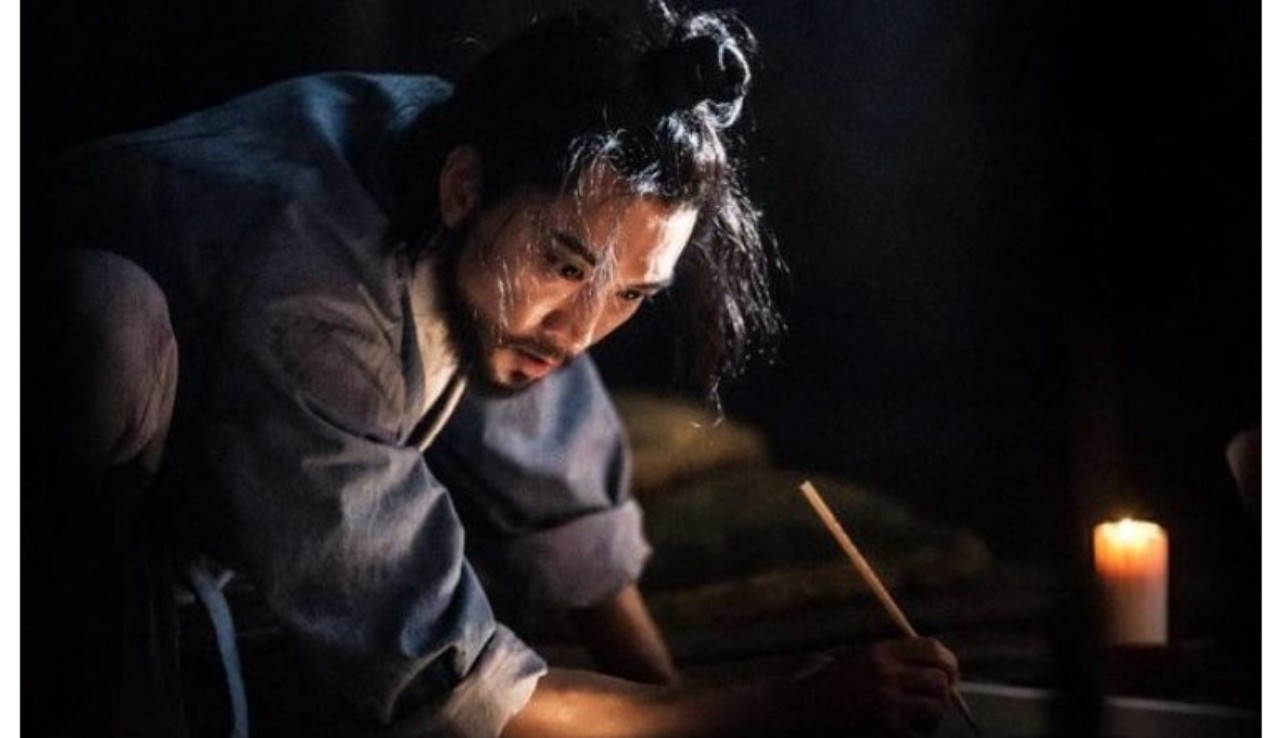
There were times that I think Gyeom acted like an unrealistically perfect man, but his love for Saimdang was informed by his great adoration for her talent, which he viewed as unparalleled and that motivation made sense to me. They expressed their love for each other through their art and poetry and that was lovely.
The past storyline was very nostalgic for me, and brought me back to a time when I used to watch very long sageuks that were 50-plus episodes. Most of the appeal of those shows was seeing an interpretation of what life was like for the people who lived in that era. I wasn’t devouring each episode of Saimdang like a starving person sitting at the edge of her seat, but rather I took small bites, while discovering the new and sometimes bitter or synthetic flavors.
These days, sageuk dramas tend to concentrate their screen time on fleshing out the political intrigue, and/or the romance aspect of the story. And while I enjoy those, I miss the time spent learning about the more mundane details of life back in that era.
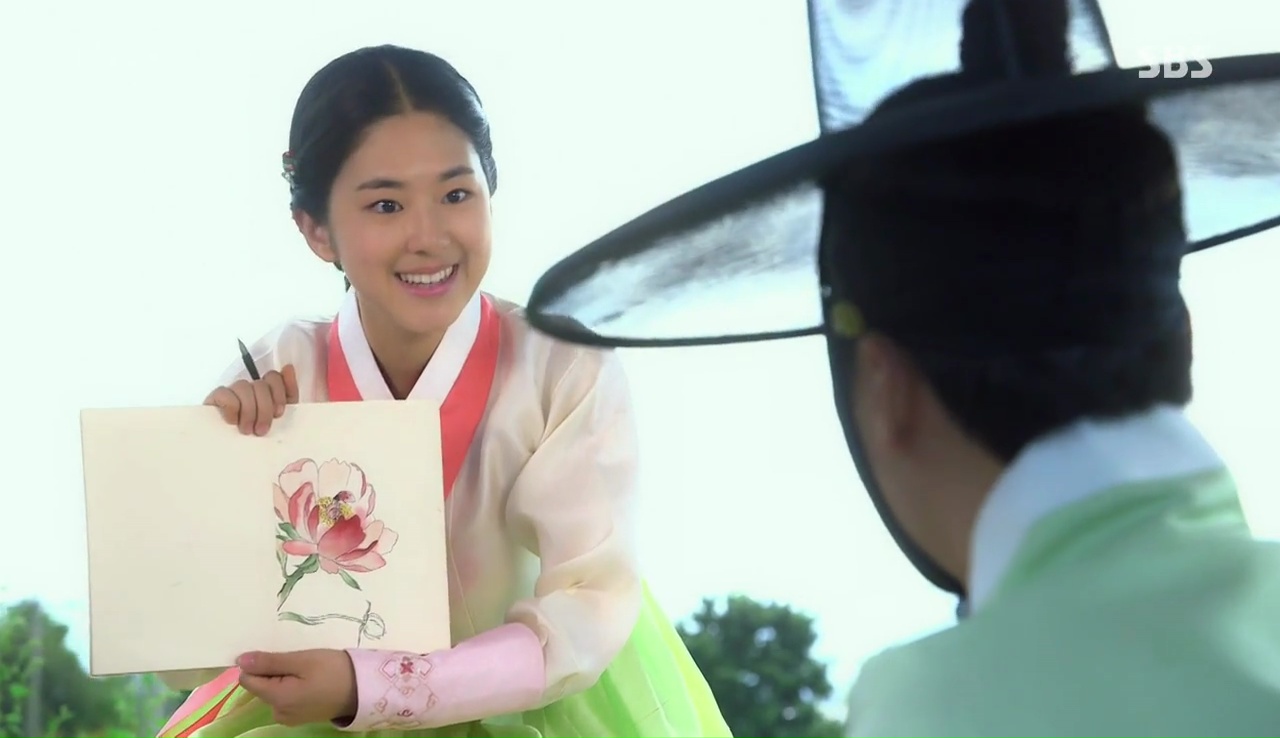
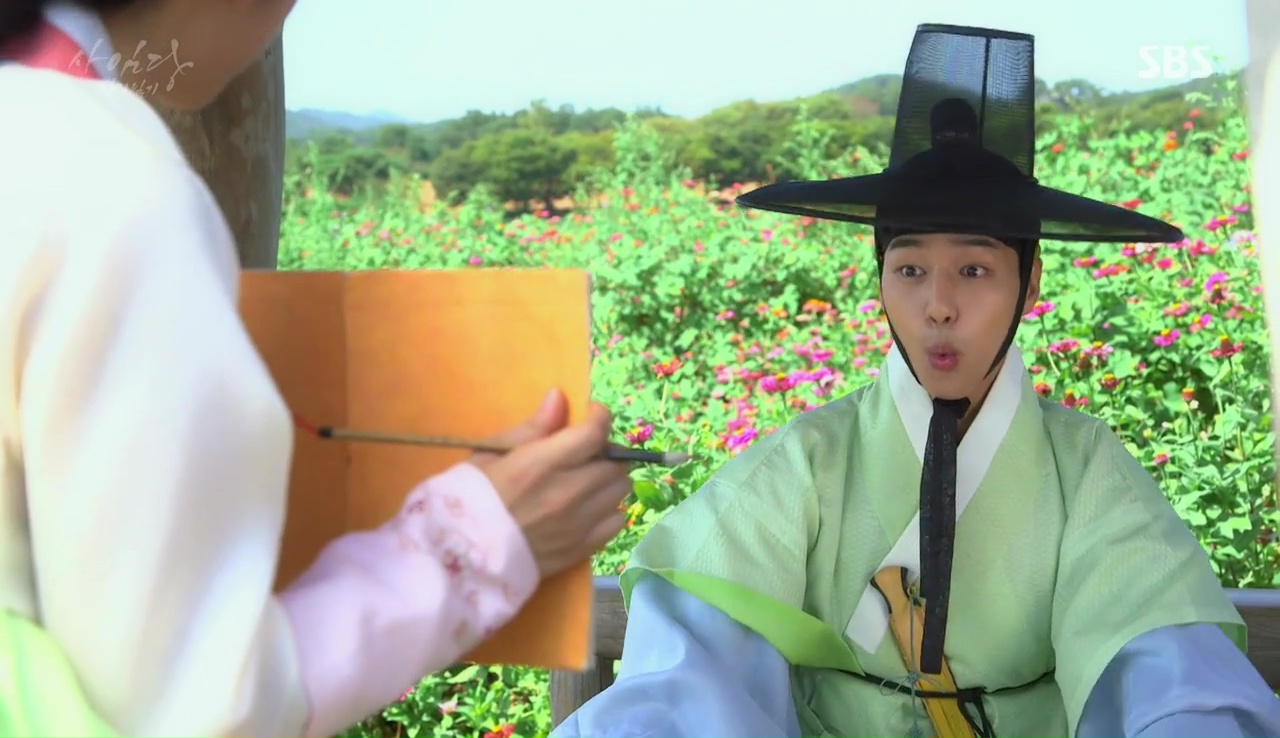
To be perfectly honest, I didn’t have many articulate criticisms on the series while I was watching it, mainly because I had a low investment. I took long breaks between sections of the story and only finished it when I felt like it. But once it ended, suddenly my mind flooded with complaints.
One of the issues I had was with the concept of reincarnations. As I said earlier, I liked seeing the show recast characters in the past, into the present and vice versa. Some characters were worse than their other selves, and some better. The villain in the past and the present were played by the same actor (Professor Min, Jungjong), and while we could generally assume that the good guys wouldn’t be evil in their other lives, sometimes the show played around with those expectations, especially with characters whose motives we weren’t supposed to understand fully just yet.
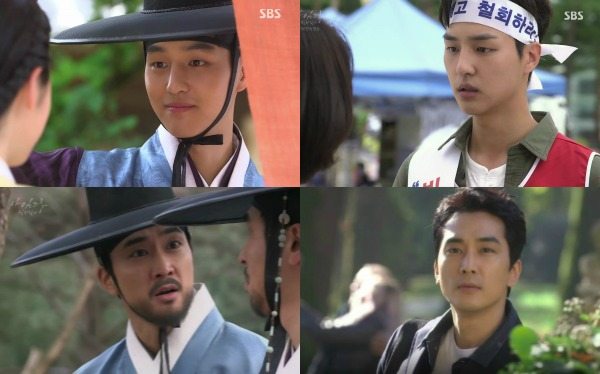
However, while all of that was done well enough, there is one glaring issue I found with this entire setup, and that’s the fact that Yang Se-jong and Song Seung-heon played the same character of Gyeom in the past, but were reincarnated into separate ones in the present. Just think about that for a second. What are the cosmic implications of that creative choice? This revelation occurred during a time when I seriously contemplated dropping the show, and it immediately piqued my interest.
Unfortunately for me, the show wasn’t trying to make any statements about the bifurcated nature of souls during reincarnation, because we are never given an explanation as to why this happened. I think the show just wanted to give these actors bigger roles, but it felt like a missed opportunity.
Gyeom was one of the better characters in this show, and in time I did care about his undying love for Saimdang, but I wish we explored his backstory and origins because that seemed interesting. I could have used one less swordfight if it meant a longer scene about his upbringing as a commoner and transition to royalty.
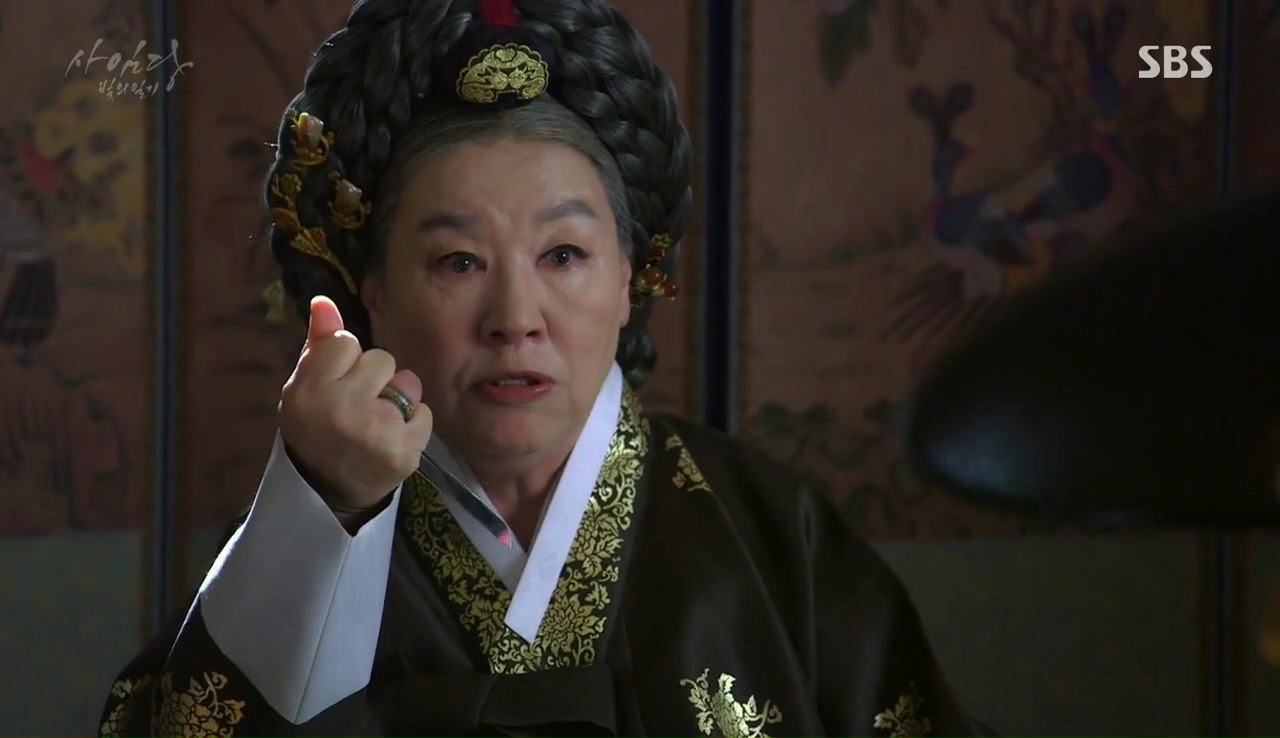
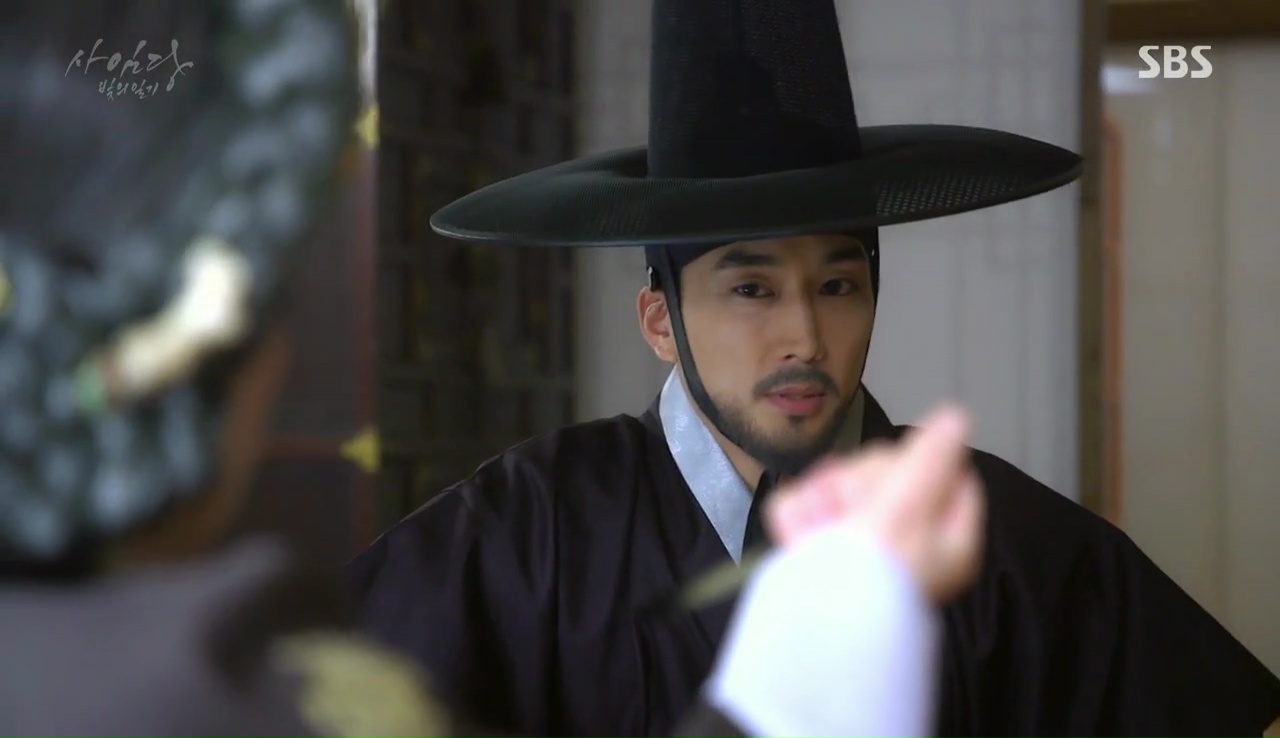
I loved his warm yet bickering relationship with his great-aunt, who desperately wanted him to forget Saimdang, get married, and be happy more than anyone else in the world. Gyeom mostly wanted to do the opposite, so she would half-jokingly/half-seriously threaten to kill herself, to his exasperation. It was an atypical relationship filled with a lot of love and I wish they had more moments together.
The fact that Gyeom was portrayed as the perfect man in every way made it difficult for me to comprehend Saimdang’s problematic marriage and her final decision to stay in it even after her husband impregnated another woman. I’m sure it was to make their unrealized love with Gyeom more tragic, but I don’t know if it succeeded in doing that.
Saimdang cited her children as the main reasons, which I understand, and it’s consistent with what we know about Saimdang’s real life story, but it upset me when she apologized to him for making him feel lonely and inferior after he confronted her for never loving him as a man.

It’s one thing if her husband wasn’t a complete buffoon that frequently caused problems for his wife and family. I mean for god’s sake he left them homeless, stole all of Saimdang’s paintings and sold them under his concubine’s instructions, and spent twenty years studying for the civil service exam that he never passed. I don’t know what the average amount of years is, but I imagine it isn’t twenty.
If I squint hard enough, I can see the point that the show was trying to make about women’s lives in that period, since getting divorced wasn’t really an option. But to me it seemed like a weak attempt at having Saimdang conform to Confucian ideals, when pretty much the entire plot of the show has her doing the opposite. It’s sad because the show had the opportunity to update Shin Saimdang’s legacy to the public (which I think would be the only reason to tackle this story at all, especially since where women and marriage are concerned, the values of that era are otherwise obsolete), but it wasn’t self-aware enough to do that.
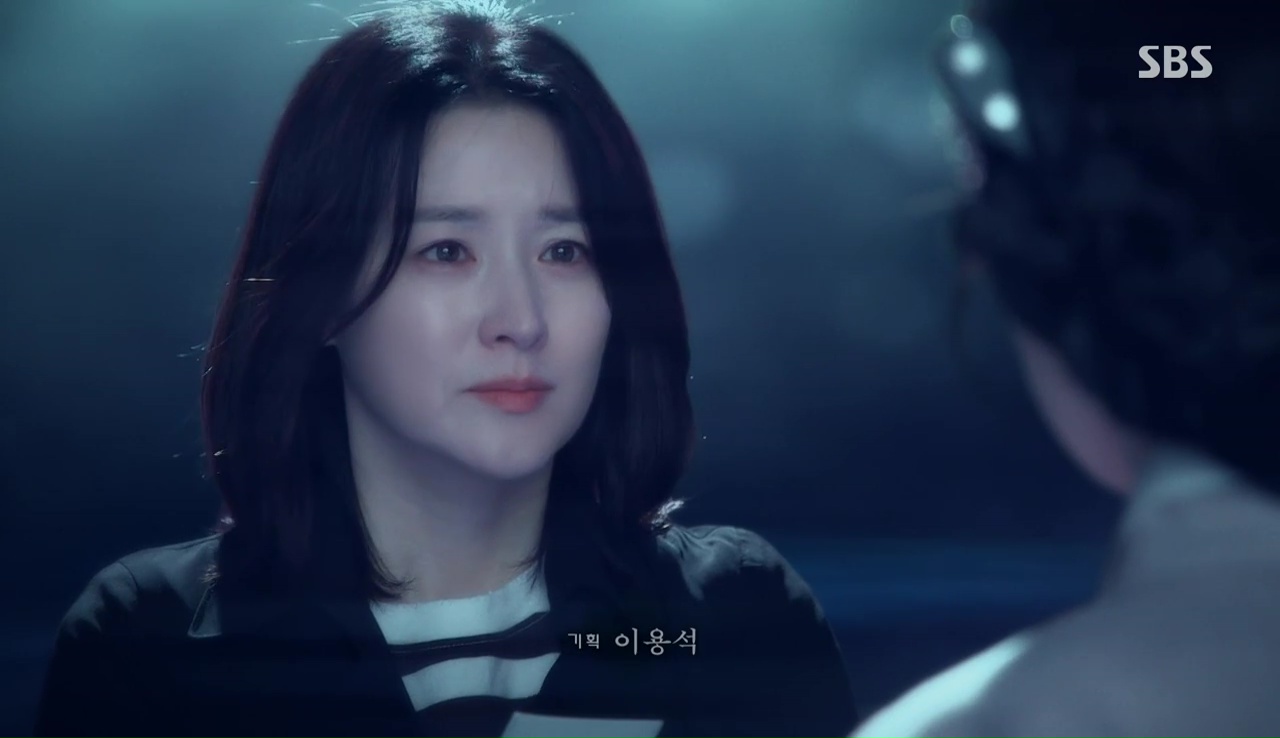

It isn’t only Saimdang who is guilty of these bizarre and antiquated decisions where the woman chooses family over self, where she sees past flaws no matter how hopeless her husband is. Ji-yoon’s decision to stay in her marriage was also confusing to me, since it seemed like she only did it because her mother-in-law and son accused her of wanting a divorce. It just seemed as though the show had Ji-yoon do that because Saimdang made the same decision, and that is probably the perfect analogy for the show’s lack of understanding of how dramaland’s treatment of women has changed over time, ironically, and in part because of shows like Dae Jang Geum.
It many ways, Saimdang, Light’s Diary was a rehash of Dae Jang Geum without the daring. The parallels were as clear as day, from Saimdang’s rival Wheimdang, to the focus on the lives of common people, and the king’s interference in the main love line. But to me, the most glaring similarity is the era in which both shows are set in.

This leads me to perhaps my biggest grievance with this show, which is the decision not to show or acknowledge Jang-geum. If the show wants to evoke Dae Jang Geum in so many ways, I would argue that it should at least address the elephant in the room.
Going into this show, I was very curious to see how they would deal with this challenge. Especially after Jungjong become the show’s big villain, and having him appoint a female royal physician would undermine any sexist objection he may have to a female artist painting his royal portrait—since depending on who you are, one seems a lot more important than the other.
Looking back, I can’t say I regret watching Saimdang, Light’s Diary, because it had some interesting ideas and some aspects that I really liked a lot. I do think that it had too much pressure to be this huge and great thing, though, so the writers threw a bunch of underdeveloped elements into the pot, and the results fell far from the mark. It’s kind of like asking for a perfectly medium-rare steak, and getting instead a steak-shaped ground beef patty that’s raw in the middle. If you close your eyes and use a lot of imagination, they’re almost the same thing, right?
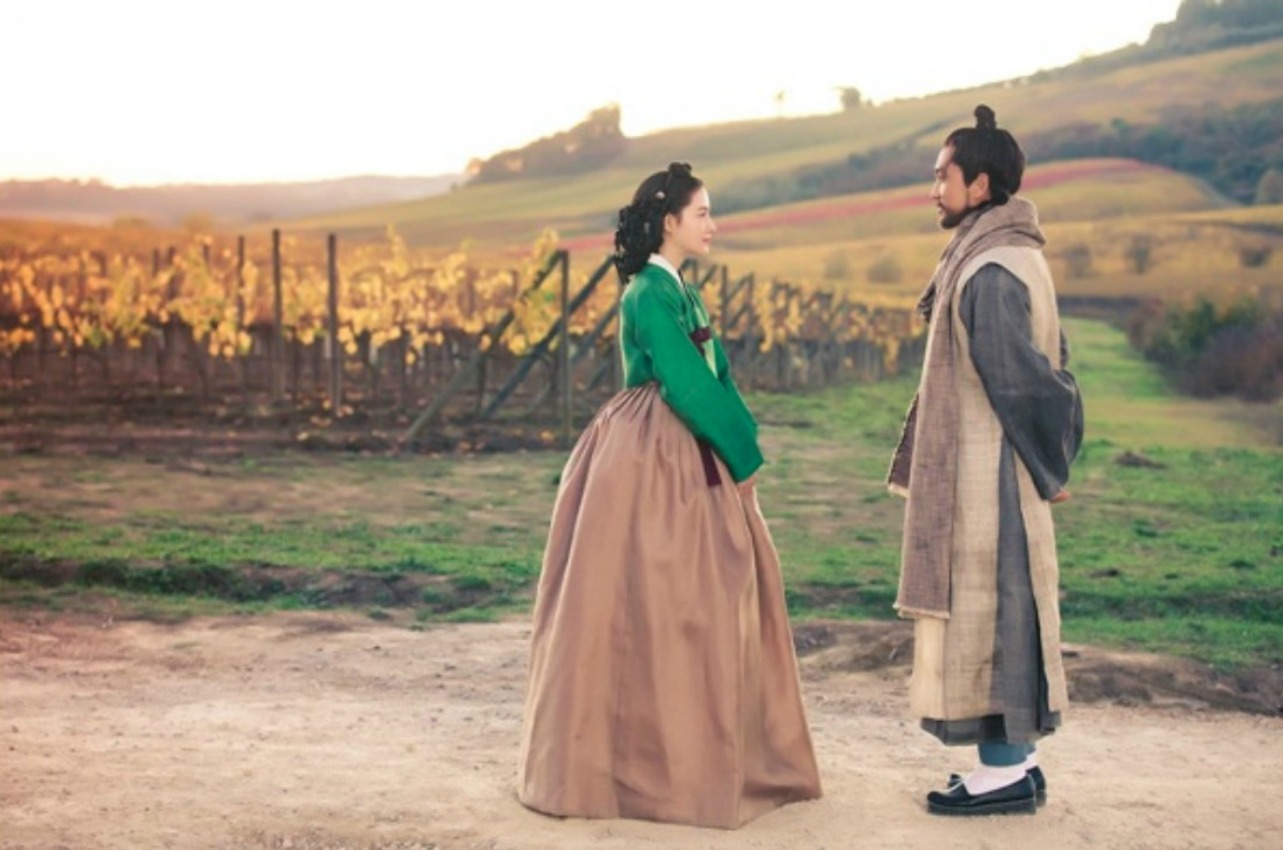
RELATED POSTS
- SBS adjusts episode counts for Saimdang and Whisper
- Saimdang, Light’s Diary: Episode 1
- New teaser and airdate secured for Saimdang, Light’s Diary
- A time-crossed encounter in first teaser for Saimdang, Light’s Diary
- Saimdang, Light’s Diary pushed back to next year
- Two more promo crumbs from buzz sageuk Saimdang, Light’s Diary
- SBS’s Saimdang, the Herstory to premiere in October
- Press conference and open set day for Saimdang, the Herstory
- Lee Young-ae and Song Seung-heon’s first stills for Saimdang
Tags: featured2, Lee Young-ae, Saimdang Light's Diary, Song Seung-heon



![[Beanie Recs] Feel-good fantasy?](https://d263ao8qih4miy.cloudfront.net/wp-content/uploads/2022/05/BeanieRecs.jpg)


![[Beanie Review] A Virtuous Business](https://d263ao8qih4miy.cloudfront.net/wp-content/uploads/2024/10/AVirtuousBusiness_reviewb.jpg)



Required fields are marked *
Your email address will not be published. Required fields are marked *
51 D Tanner
July 27, 2021 at 11:22 PM
I agree to disagree with your comments. I found the show visually stunning, well plotted like an Italian tapestry, and the parallels of yesteryear and the present fitted seamlessly into the narrative. I’m am really enjoying the show and characters.
Required fields are marked *
52 Kay Fair
January 29, 2022 at 5:53 AM
Loved the show it was a gripping love story. It’s hard for our modern ways to understand ways during the shows time period. Just the same couldn’t wait to watch the next episode. Loved the actors .
Required fields are marked *
53 Kay Fair
January 29, 2022 at 6:55 AM
Loved the story and the music was great.
Required fields are marked *